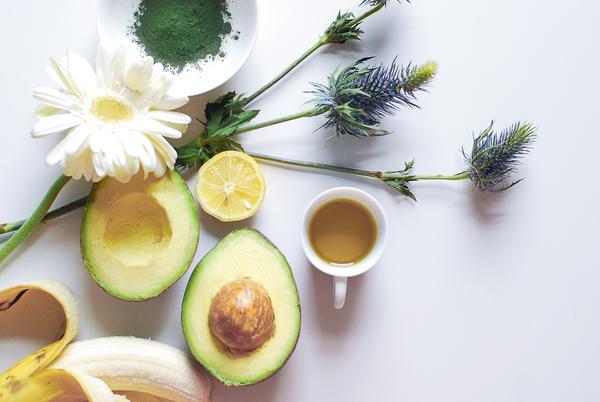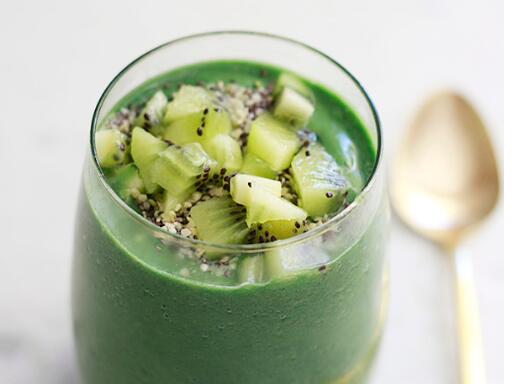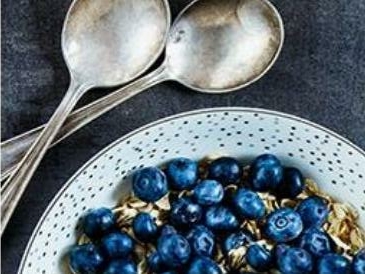 Edible taboo of spirulina
Edible taboo of spirulinaEdible taboo of spirulina...
 The nutritional value of spirulina
The nutritional value of spirulinaSpirulina, a class of lower plants, belongs to the cyanobacteria and the algae family. Like bacteria, they have no real nuclei in cells, so they are also called cyanobacteria. The cyanobacteria's cellular structure is primitive and very simple. It is the first photosynthetic organism on earth and has survived for 3.5 billion years on this planet. It grows in water and is visible under the microsco...
 The efficacy and role of spirulina
The efficacy and role of spirulinaSpirulina is one of the earliest plants on the earth. It grows in water and its shape is spiral-shaped under the microscope. Spirulina has many functions and effects, and the nutritional value of spirulina is extremely high. Spirulina is rich in protein, up to 60-70%, richer in food than the general concept, and several times higher than soybeans, beef, and eggs. Spirulina is rich in beta carotene...
 blue-green algae and microcystin toxins
blue-green algae and microcystin toxinsMicroalgae industry has developed to the present state, providing safe and nutritious products for human supplement market and animal and aquaculture feed market. The vast majority of this microalgae biomass is produced by Spirulina, Chlorella and Phanenizomenon flos-aqua. Attention to the discovery of large-scale reproduction of toxic algae in Lake Kramas highlights important differences between ...
 Can atrophic gastritis take spirulina?
Can atrophic gastritis take spirulina?Can atrophic gastritis take spirulina? Let’s take a look. What group of spirulina is suitable for taking? Can be taken....
 Spirulina is a health supplement that improves immunity
Spirulina is a health supplement that improves immunitySome people may suffer from insufficient immunity due to malnutrition, fatigue, illness, etc. At this time, once a virus invades, the human defense system will soon be attacked. The most direct manifestation of low immunity is that it is easy to get sick. Because of the frequent illness, the body's consumption is aggravated, so there are generally physical weakness, malnutrition, apathy, fatigue, ...
Sign up to receive exclusive promotions and health recipes via email.

